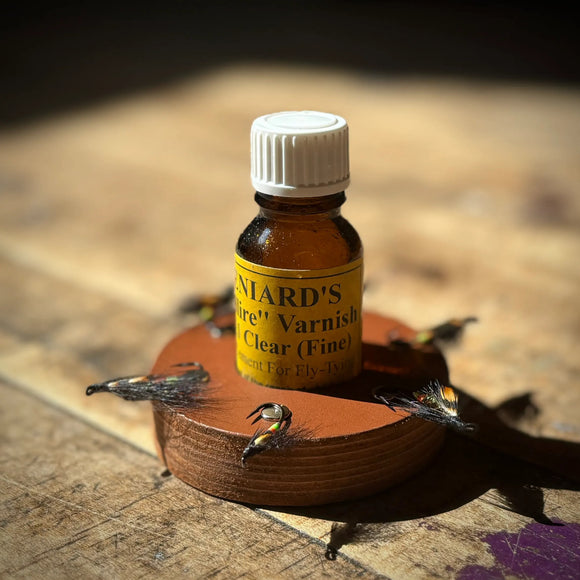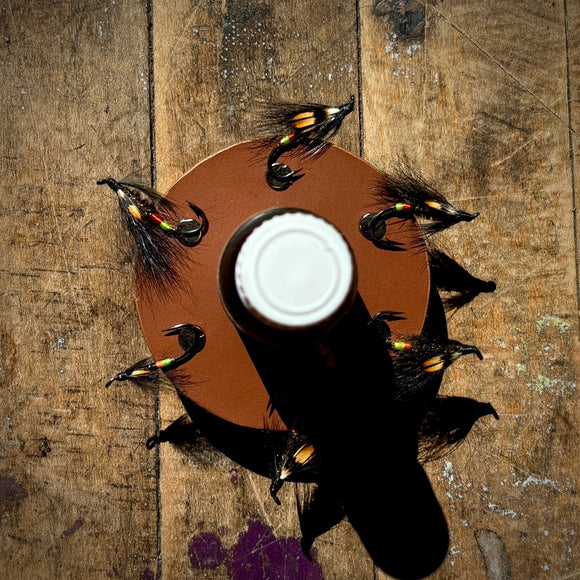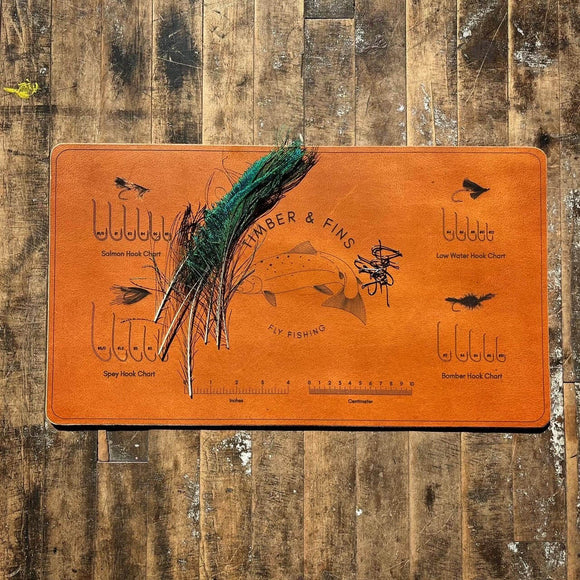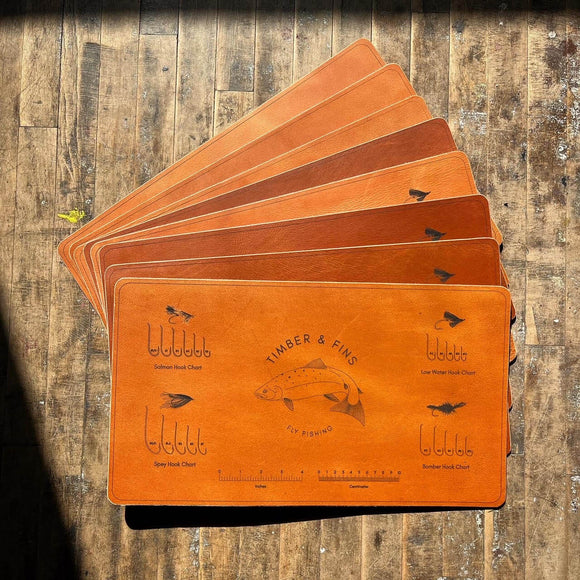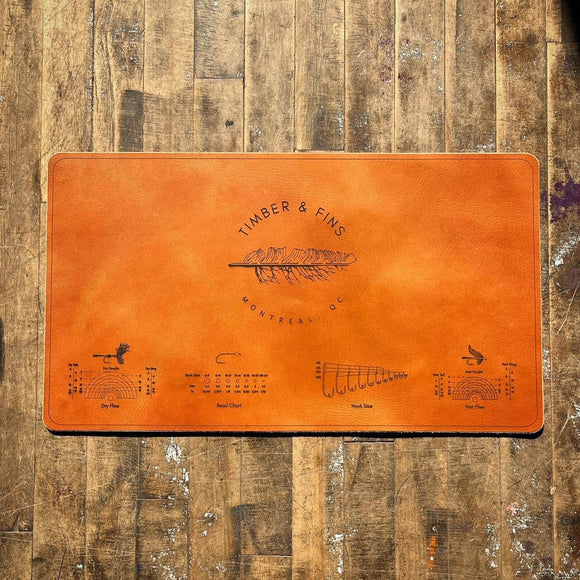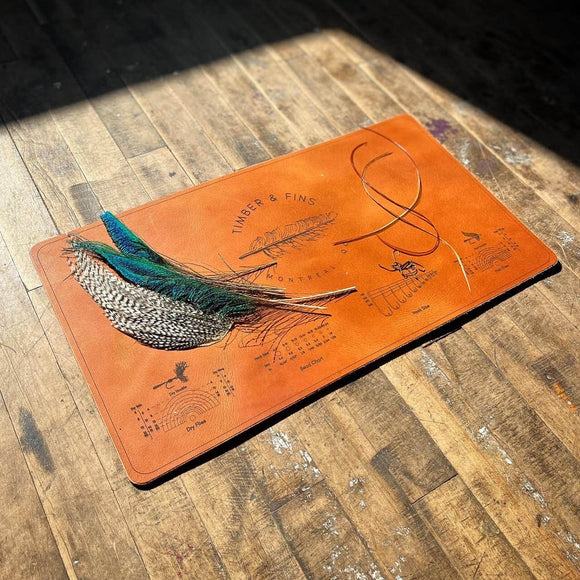par Kenzie Kozera
Une création d'Ally Gowan, ce cousin plus tape-à-l'œil de son célèbre "Ally’s Shrimp" a été décrit par Gowan comme ayant un effet fluide et a été judicieusement nommé "Cascade". Ce modèle a permis de capturer de nombreux saumons de l'Atlantique et truites de mer à travers le monde et a gagné une place dans la boîte à mouches de nombreux pêcheurs (moi y compris).
La Cascade semble fonctionner dans toutes les conditions, qu'il s'agisse d'une journée nuageuse ou d'une journée ensoleillée. La taille et le profil peuvent également être ajustés pour convenir aux conditions d'eau haute et basse, avec des hameçons aussi petits que #12-14 pendant les mois d'été et aussi grands que #1/0 - 4 dans les eaux plus hautes des mois d'automne.
Étant un monteur de mouches qui aime modifier les modèles et créer des variantes, le Cascade est un modèle idéal pour cela. En changeant la couleur de la queue, du corps et du col, le Cascade offre un potentiel infini de variantes.
Recette:
Hameçon : Typiquement un hameçon à œil relevé pour saumon (c'est-à-dire Ahrex HR410)
Queue : Queue de cerf chaude orange et jaune avec un éclat Krystal clair.
Corps : moitié argenté (mylar) et moitié fil noir avec nervure ovale en tinsel.
Wing : Appelle l'écureuil noir, mais j'utilise souvent l'ours noir ou le bucktail.
Plumet du collier : Jaune et orange vif.
Head : fil noir et vernis/ciment










*Si vous utilisez du black bear, assurez-vous d'utiliser beaucoup de cire à ligaturer et/ou de super glue.



MOUCHES
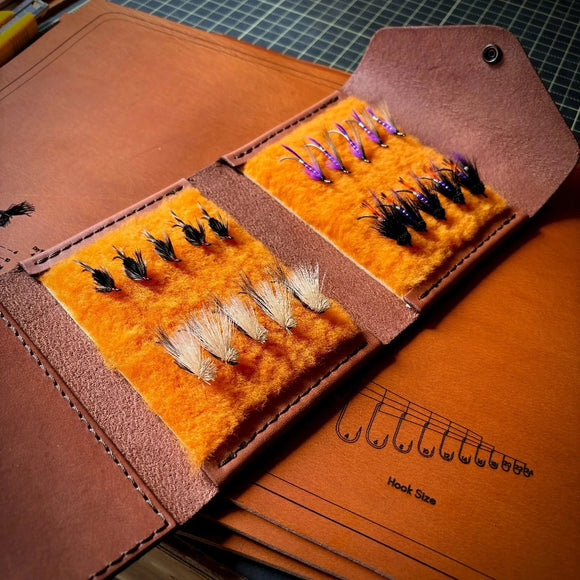
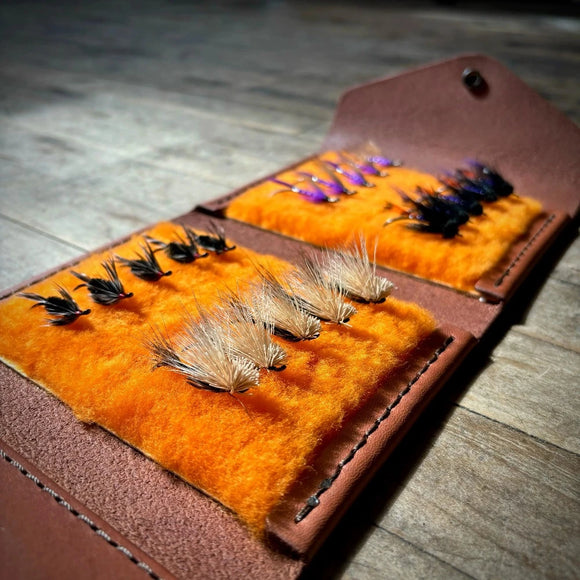
Ensemble de mouches Steelhead
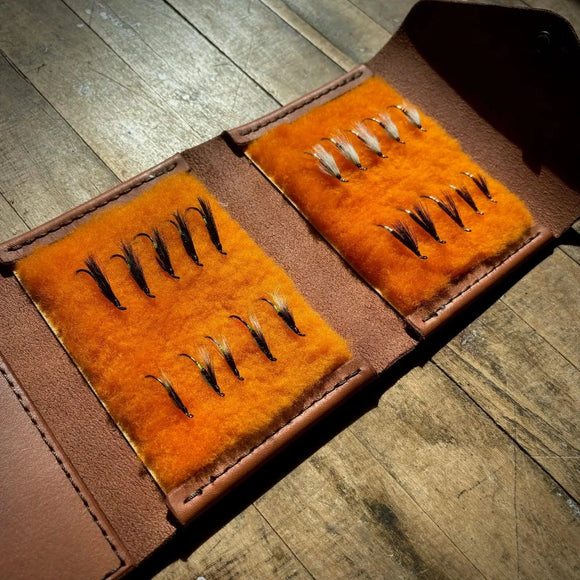
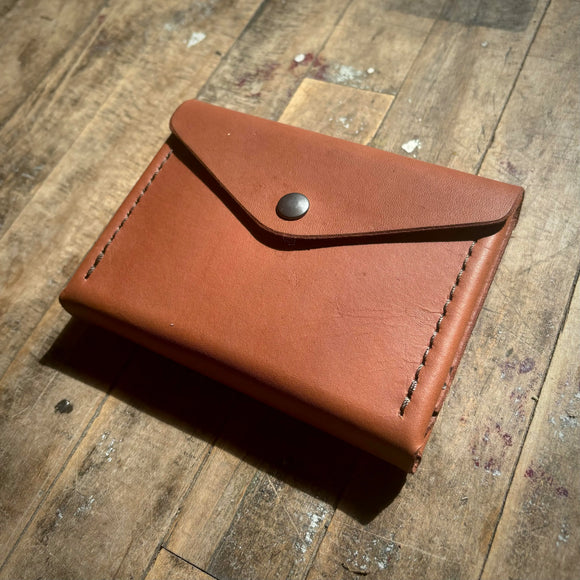
Ensemble de mouche à saumon
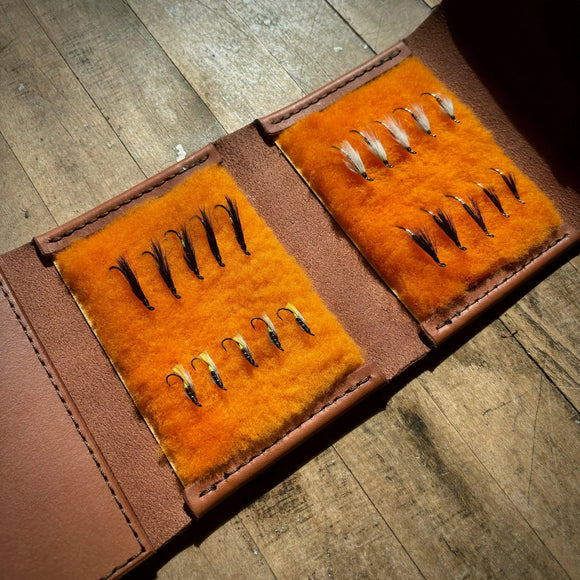
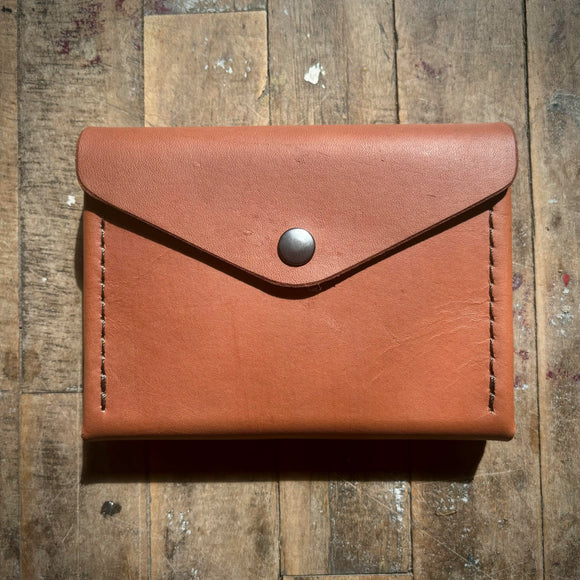
Ensemble de mouche à saumon #2
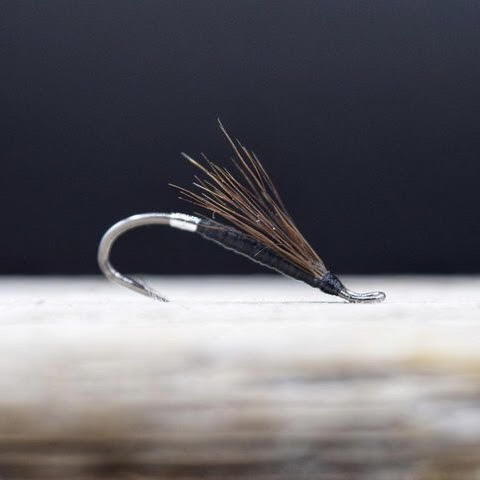
Black Silver Tip
MONTAGE DE MOUCHE
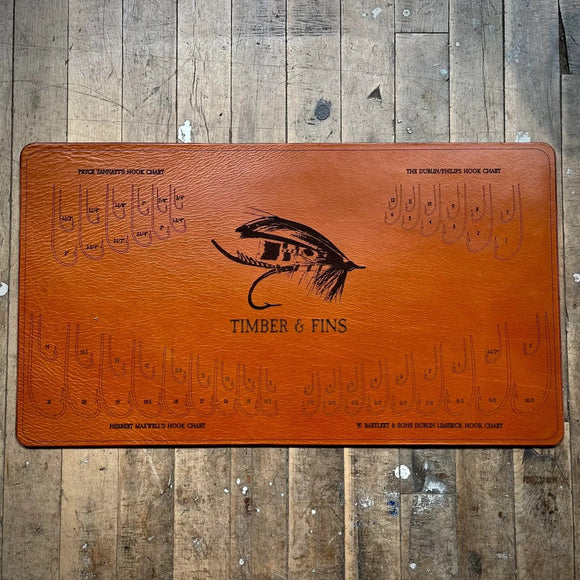
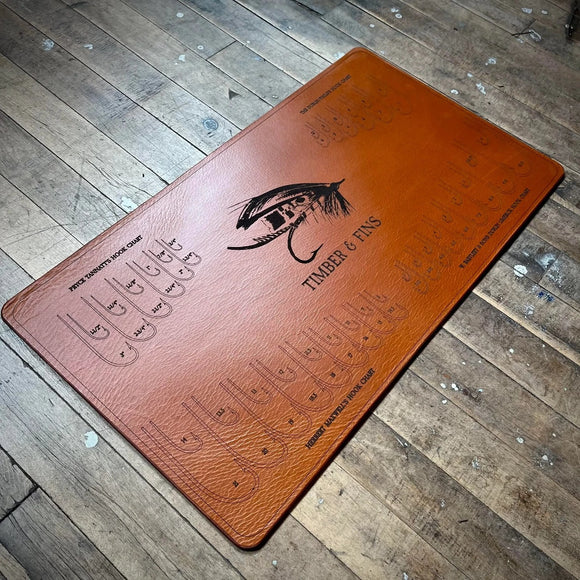
Napperon de montage "Heritage"
